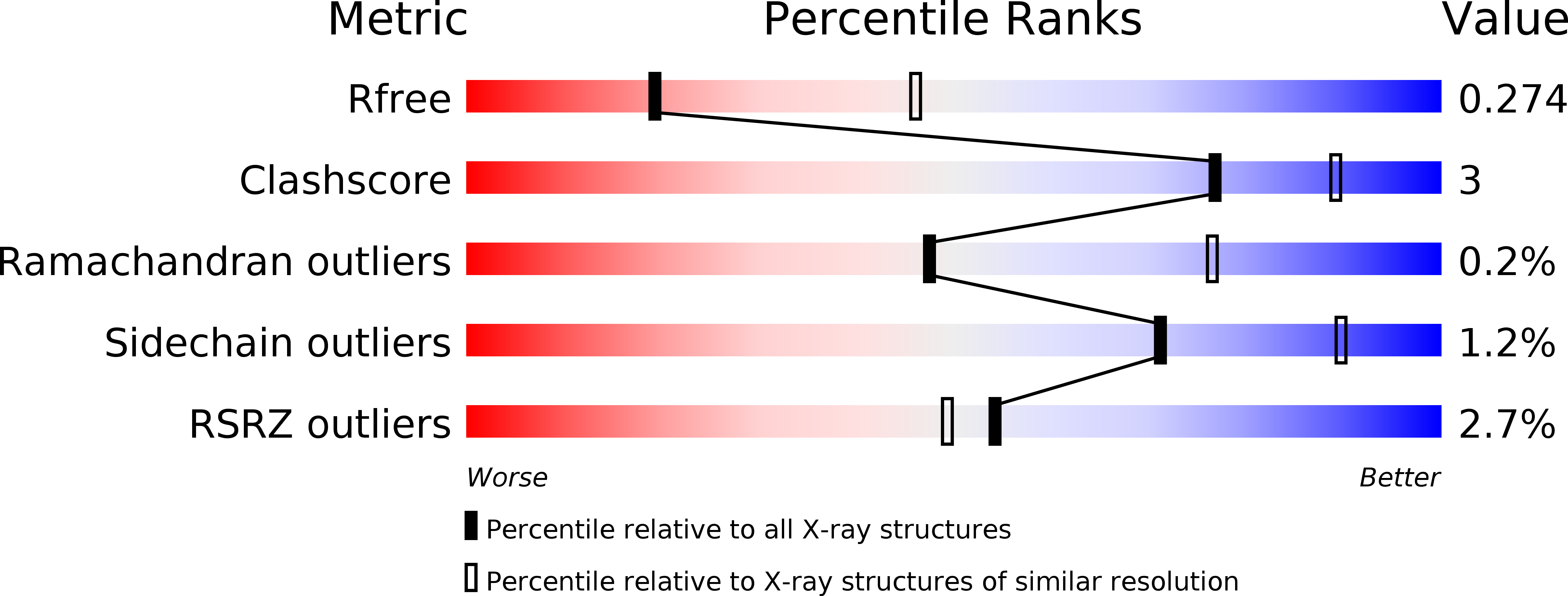
Deposition Date
2013-12-05
Release Date
2014-11-19
Last Version Date
2024-11-06
Entry Detail
PDB ID:
3WN5
Keywords:
Title:
Crystal structure of asymmetrically engineered Fc variant in complex with FcgRIIIa
Biological Source:
Source Organism:
Homo sapiens (Taxon ID: 9606)
Host Organism:
Method Details:
Experimental Method:
Resolution:
2.78 Å
R-Value Free:
0.27
R-Value Work:
0.23
R-Value Observed:
0.23
Space Group:
P 1 21 1


